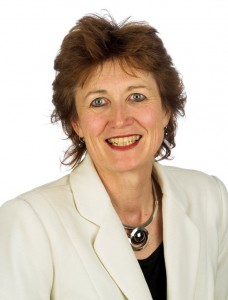 Scotland is home to a growing number of employee-owned businesses and recently played host to a Spanish delegation keen to learn about promoting the ownership model.
Scotland is home to a growing number of employee-owned businesses and recently played host to a Spanish delegation keen to learn about promoting the ownership model.
Here, CDS chief executive Sarah Deas discusses the visit and the insights gained.
A few weeks ago I was delighted to host a visit by the Provincial Council (government) of Gipuzkoa, an area of the Basque Country to the east of Bilbao in northern Spain. The delegation was seeking to learn from our experience in promoting employee ownership. With Gipuzkoa being home to the world famous Mondragon Corporation , it was an honour to host such a visit!
The Provincial Council aspires to create a ‘socially responsible territory’. It believes that economic and social development is increasingly dependent on talent, creativity and innovation. As such, the council is focusing on ‘workplace innovation’. This is the development of new relationship models based on participation – as a driver of productivity and quality employment.
In developing policy to promote worker participation, they are researching the relationship between participatory business models and regional socio-economic health indicators. And, through international visits, such as this one to the UK, they are looking to identify best practice from both a policy and business perspective. This will inform the design of tax incentives and wider support.
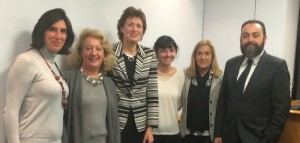
Sarah, third from left, with members of the delegation
Oscar Usetxi Blanco, Director for the Promotion of Innovation and Knowledge, Gipuzkoako Foru Aldundia was accompanied by colleagues from the innovation agency and ASLE (lead organisation for worker owned companies). The study visit was organised by Ann Tyler, a UK solicitor with extensive experience of employee ownership.
The delegation visited two of Scotland’s most well established employee owned businesses; Aberdeen manufacturer Woollard & Henry and Fife paper producer Tullis Russell. Here theygained valuable insights into workplace culture and practices. Our Spanish friends very much appreciated the opportunity to see employee ownership in action, and I thank both Woollard & Henry and Tullis Russell for welcoming them.
Reflecting on this visit, it really is interesting to see the growing interest in employee ownership across Europe. However, the driver is different to that which inspired Mondragon Corporation. Today, ownership succession is the trigger, with sustainability, productivity and socially responsible employment being the goals. These are becoming priorities across the developed world.
Hopefully the delegation from Gipuzkoa found the visit a valuable one and I look forward to seeing employee ownership flourish in the region.
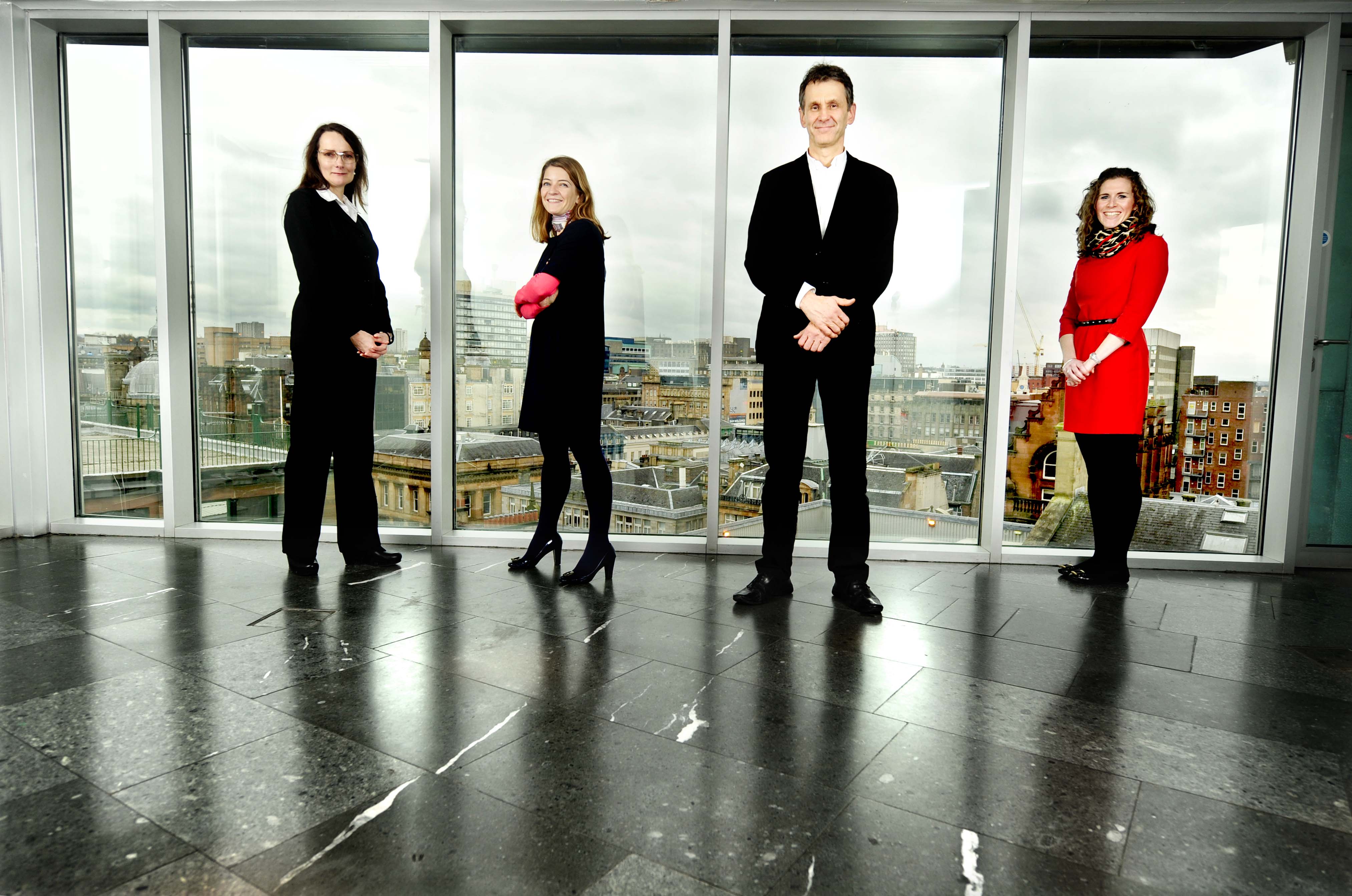 Just over a year ago, Glasgow-based architecture firm
Just over a year ago, Glasgow-based architecture firm  The
The 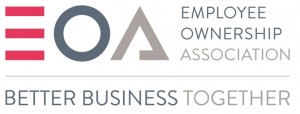 Iain Hasdell, chief executive of the EOA,
Iain Hasdell, chief executive of the EOA, 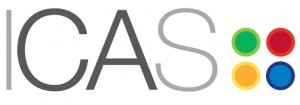 Carole Leslie, a
Carole Leslie, a  Highland Home Carers held a conference last week to mark their 20th anniversary and their 10th year of employee ownership.
Highland Home Carers held a conference last week to mark their 20th anniversary and their 10th year of employee ownership. 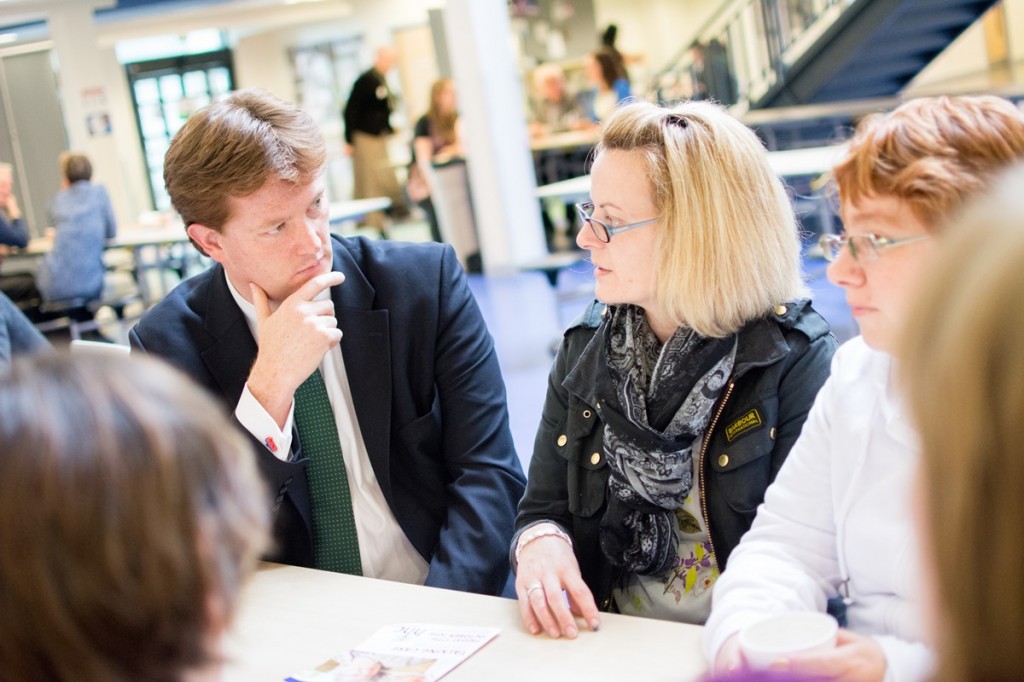
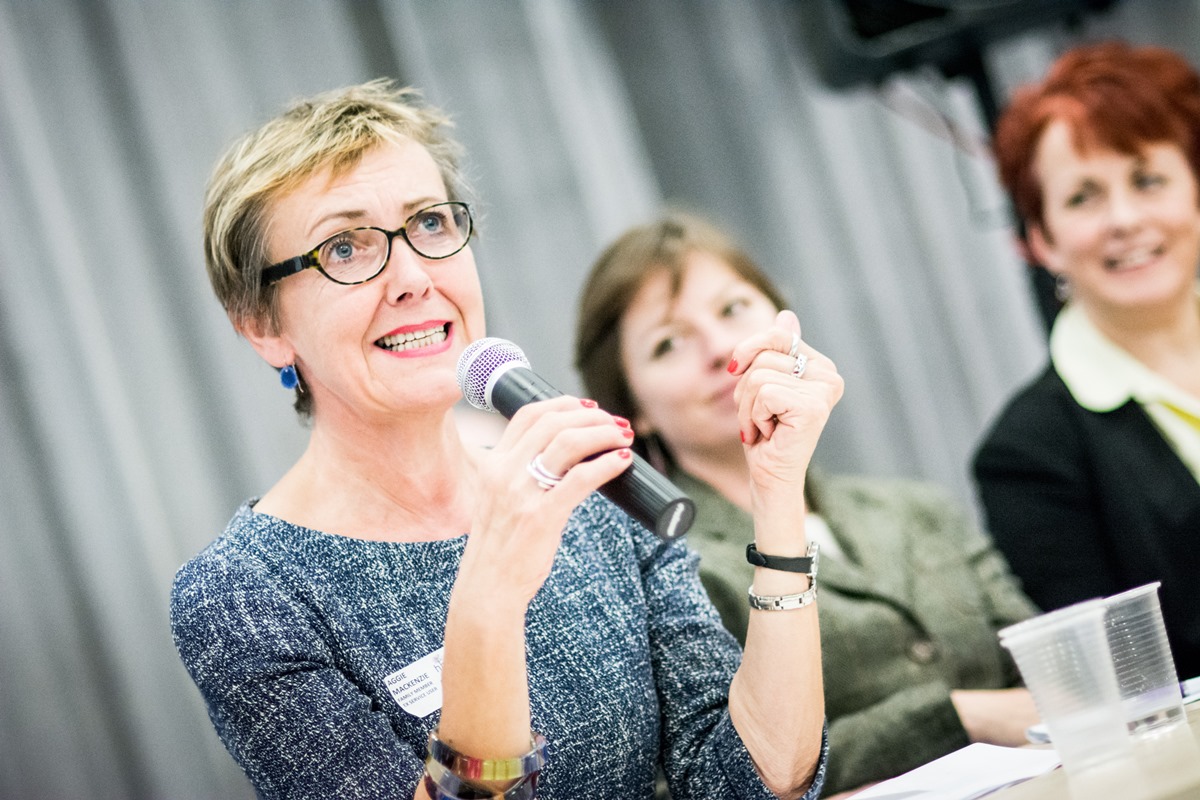
 Yes, we operate in a challenging market and we are constantly looking at how we can be one step ahead in anticipating and meeting our customers’ needs.
Yes, we operate in a challenging market and we are constantly looking at how we can be one step ahead in anticipating and meeting our customers’ needs. Giving employees a stake in the organisation in which they work can be a powerful tool in achieving real staff engagement.
Giving employees a stake in the organisation in which they work can be a powerful tool in achieving real staff engagement.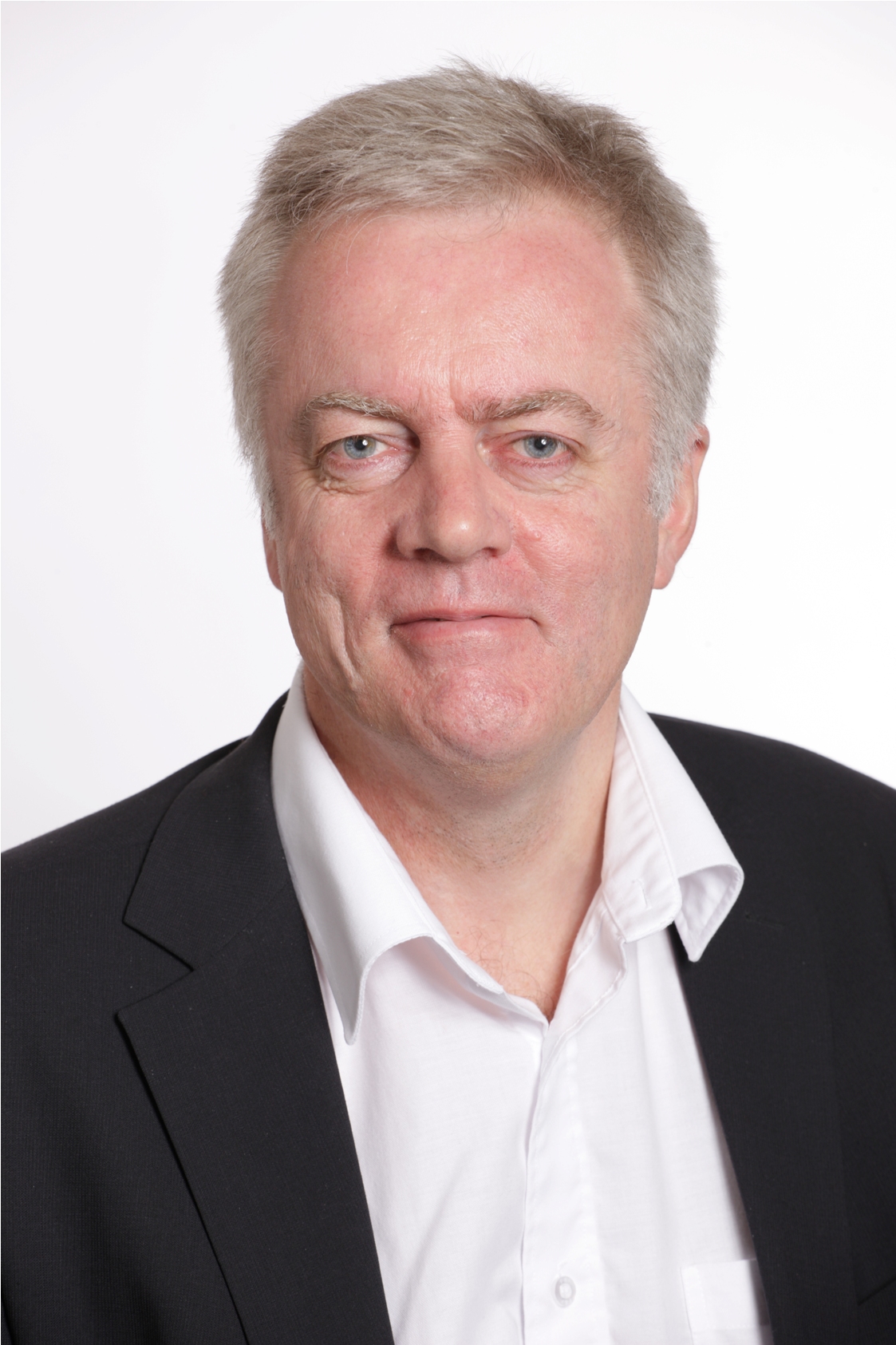 Co-operative Development Scotland’s business development manager, Jim Maxwell, was a guest of Glasgow City Council on Wednesday, speaking at its second Co-operative Business Development Seminar.
Co-operative Development Scotland’s business development manager, Jim Maxwell, was a guest of Glasgow City Council on Wednesday, speaking at its second Co-operative Business Development Seminar.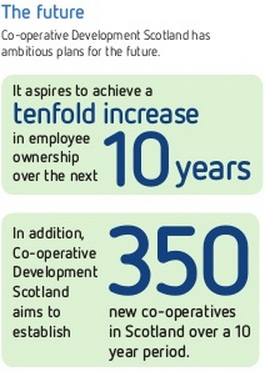 Interest also focused on the (considerable!) new tax benefits for owners when they pass a controlling interest to an employee trust and how company performance invariably benefits when employees have a meaningful stake via
Interest also focused on the (considerable!) new tax benefits for owners when they pass a controlling interest to an employee trust and how company performance invariably benefits when employees have a meaningful stake via  Highland Home Carers was established in 1994 to provide the first independent domiciliary care and support service in Inverness and the wider area. The business enables many people to remain in their own homes when otherwise they might have been moved into institutional care. The company increasingly works in partnership with NHS Highland to improve the quality of health and social care services in local communities.
Highland Home Carers was established in 1994 to provide the first independent domiciliary care and support service in Inverness and the wider area. The business enables many people to remain in their own homes when otherwise they might have been moved into institutional care. The company increasingly works in partnership with NHS Highland to improve the quality of health and social care services in local communities.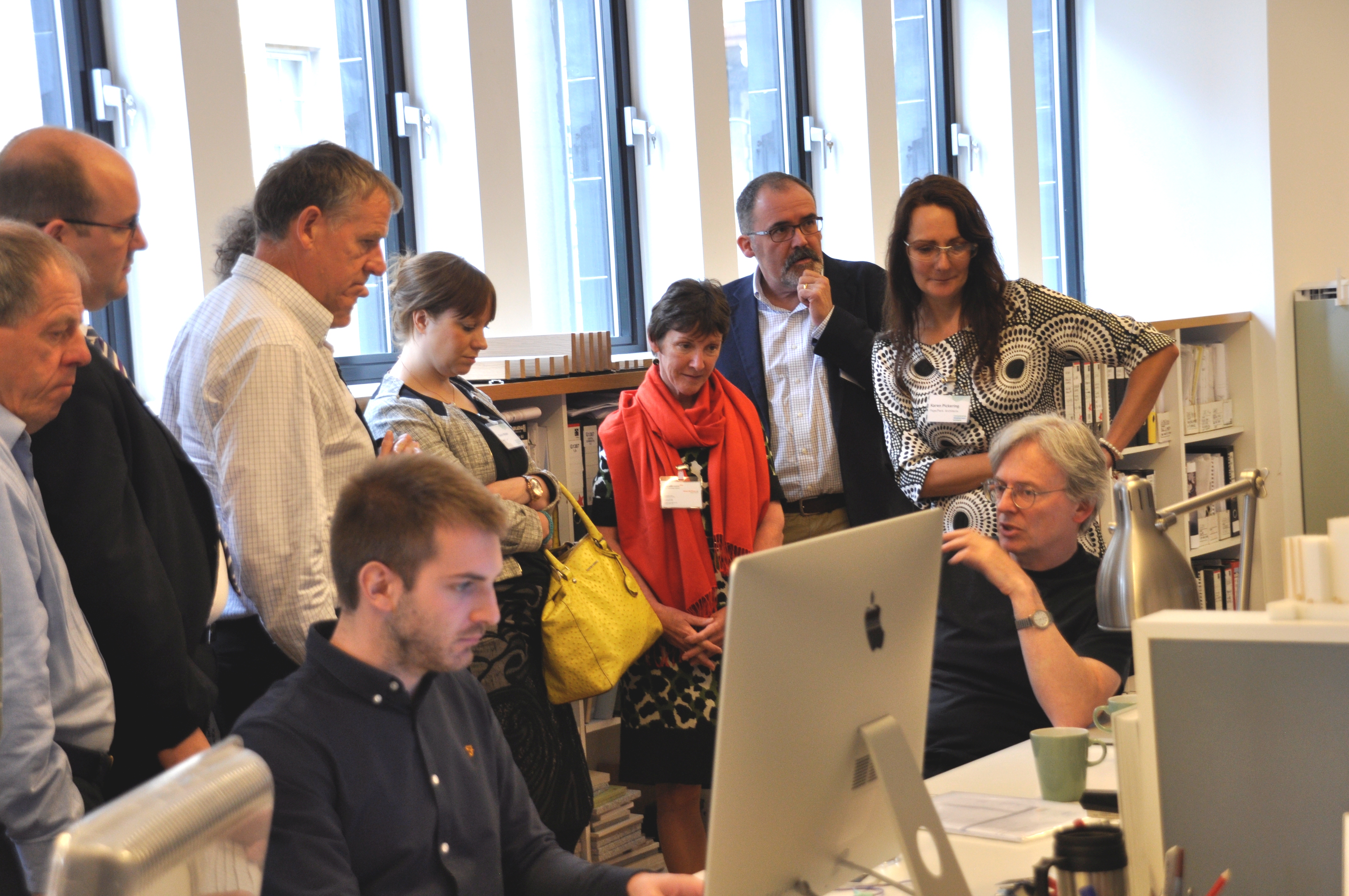 Glasgow-based architecture firm Page\Park hosted the third event in our programme of Successful Succession Seminars on Friday, July 4 – Employee Ownership Day.
Glasgow-based architecture firm Page\Park hosted the third event in our programme of Successful Succession Seminars on Friday, July 4 – Employee Ownership Day. 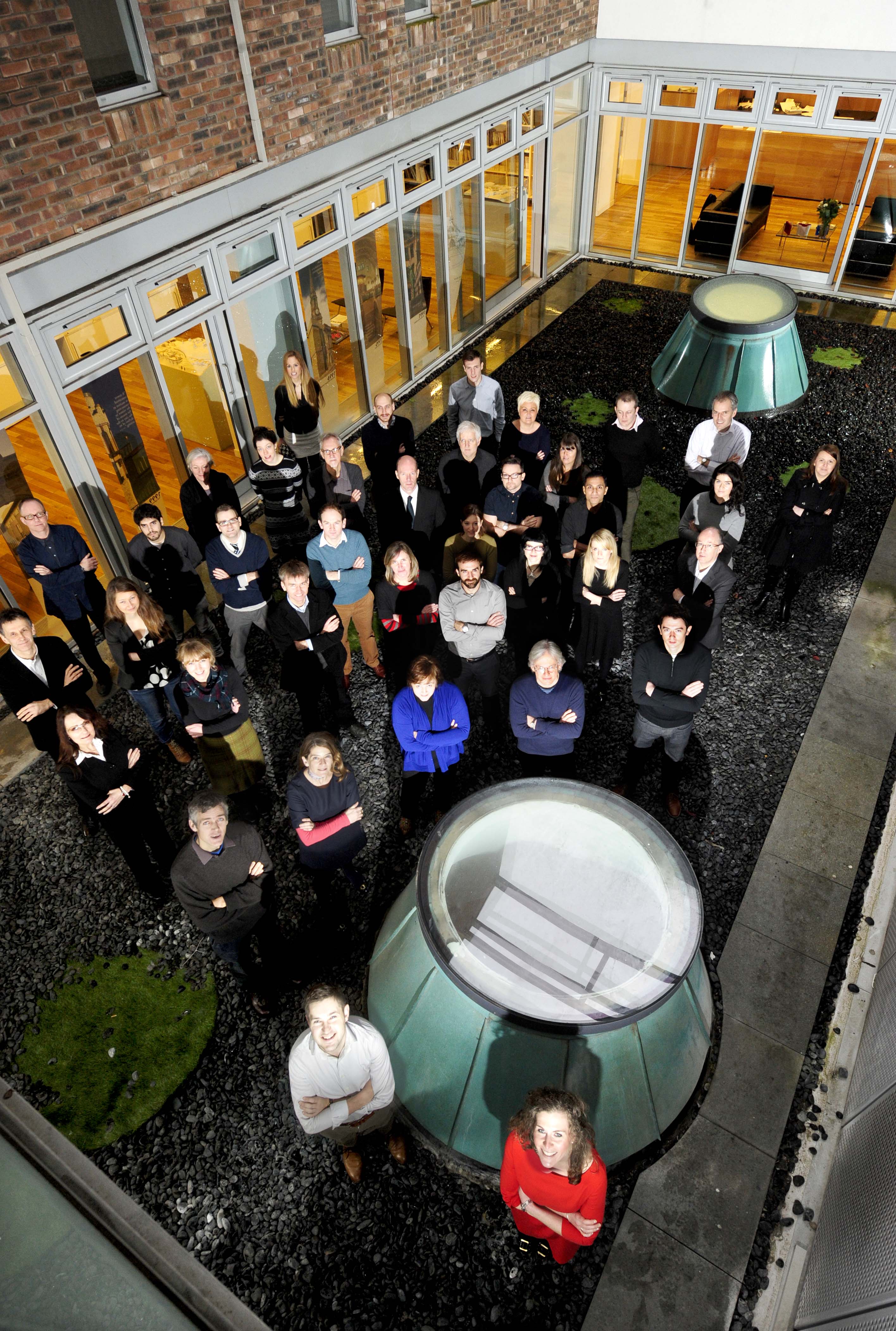 “We operate with a flat structure and match each job to people’s talents and interests,” says Eilidh, an employee of 11 years. “It’s quite usual for junior staff to attend high level meetings; there is no top or bottom, we are all in it together.
“We operate with a flat structure and match each job to people’s talents and interests,” says Eilidh, an employee of 11 years. “It’s quite usual for junior staff to attend high level meetings; there is no top or bottom, we are all in it together. Today, July 4, is Employee Ownership Day – an opportunity for companies that have chosen this model to celebrate their success and spread the word about its benefits.
Today, July 4, is Employee Ownership Day – an opportunity for companies that have chosen this model to celebrate their success and spread the word about its benefits.
 This week marked the inaugural meeting of the Employee Ownership Association Network Scotland, with representatives of employee-owned businesses discussing how they can work together.
This week marked the inaugural meeting of the Employee Ownership Association Network Scotland, with representatives of employee-owned businesses discussing how they can work together.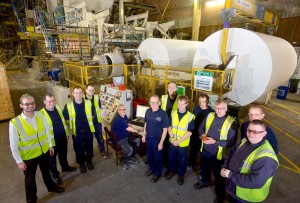
 Earlier this week, we heard from a business owner on his thoughts about employee ownership after visiting most recent “What’s Next” event at Aquascot.
Earlier this week, we heard from a business owner on his thoughts about employee ownership after visiting most recent “What’s Next” event at Aquascot. 


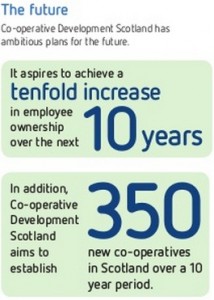
 Last week, we looked at the issues raised by John Alexander of consultancy firm
Last week, we looked at the issues raised by John Alexander of consultancy firm